Flymen Blog
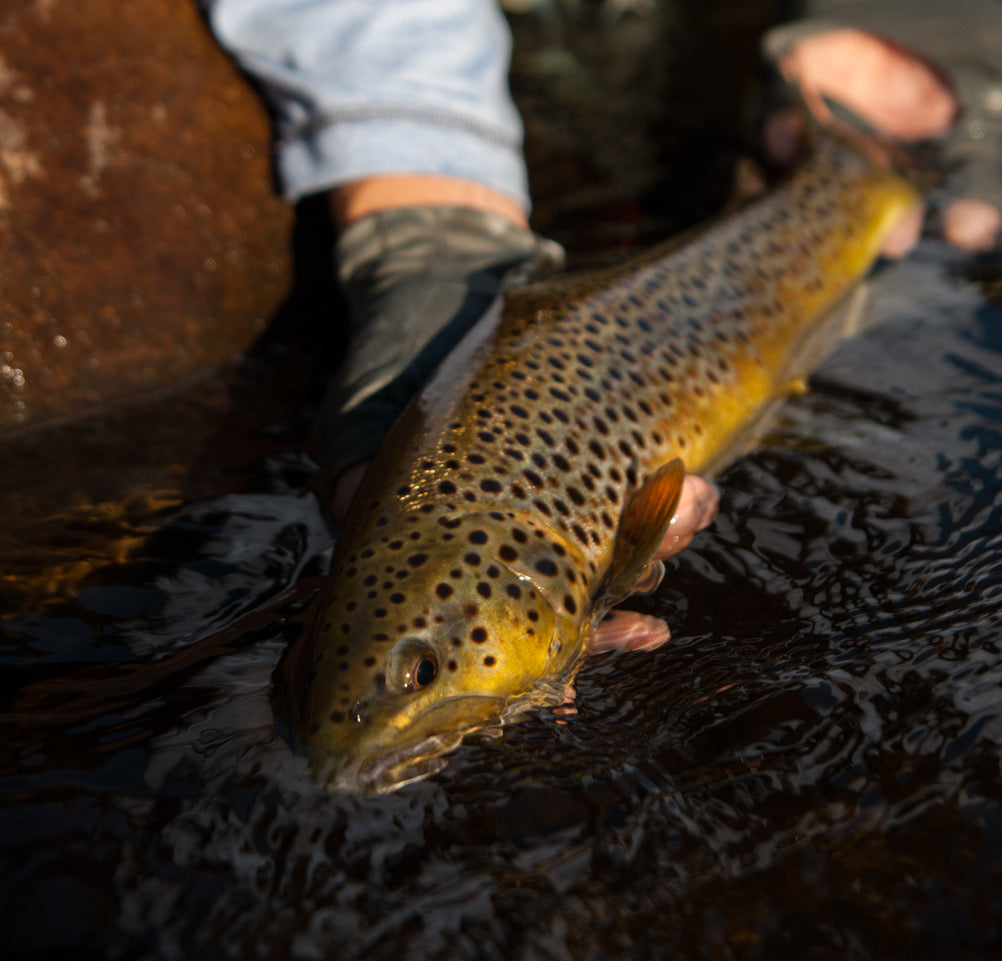
As a trout guide I like to think that there are no mistakes in fly fishing, rather there are learning opportunities — lots and lots of learning opportunities.
With each client I try to place an emphasis on proving yourself wrong, and by that I mean, take some rule/tactic/method and try to disprove it. After all, how many times have you done what was considered to be wrong and yet still caught a fish?
Habits on the other hand, are another story. Unlike mistakes, habits — especially a certain few — can be detrimental to catching trout. I'm going to address three of the worst habits I see on the water and how you can go about improving your habits to catch more trout.
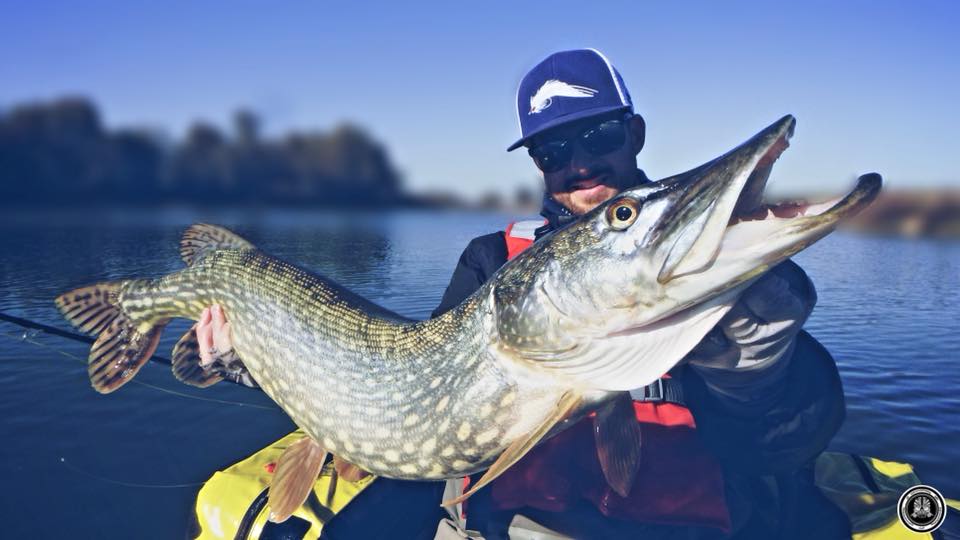
Autumn is one of the best seasons for pike fishing.
Catching them in rivers is very exciting as well as an extreme fishing experience. Not only do you have to fight against these river wolves, but also against the wild environment.
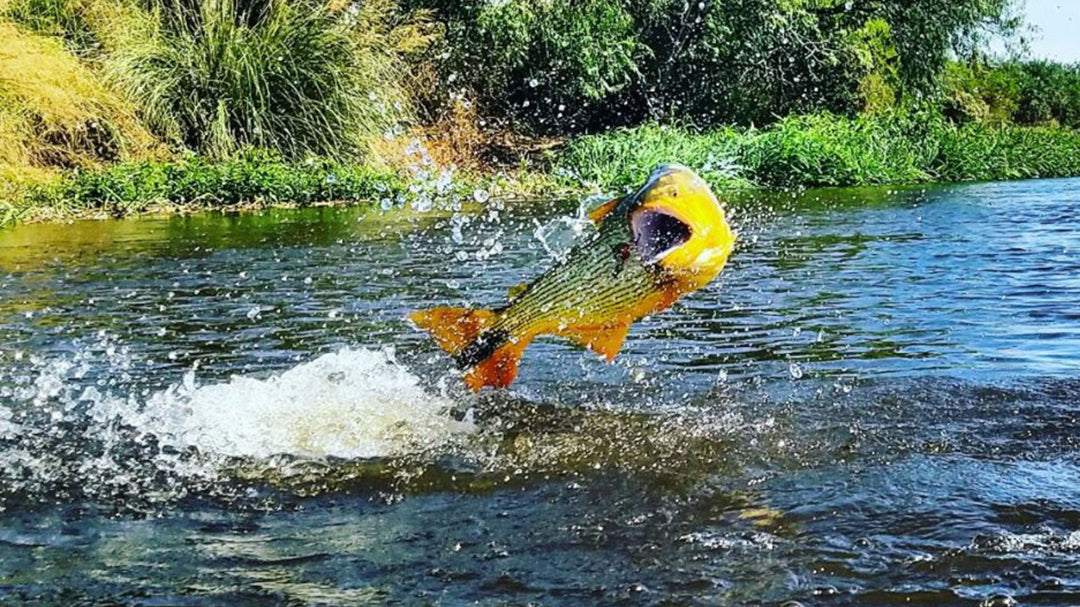
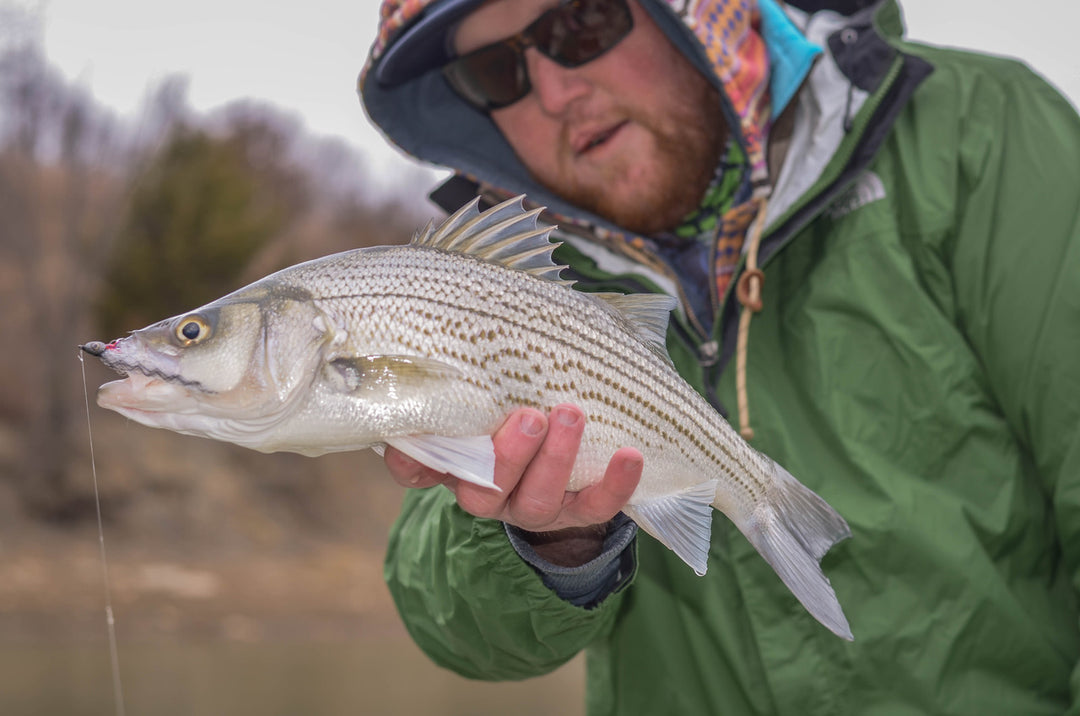
Over the last few years I've spent the majority of my fishing time chasing whites, hybrids, and the occasional striper around the Midwest.
While the Clouser Minnow is the staple fly for most temperate bass, sometimes you've got to shake things up a bit. The Clouser would be the equivalent of a Hare’s Ear nymph in the trout world; you can almost always get fish to eat it, but it may not be the most productive at that given time. Consider it like Sex Panther Cologne: “60% of the time it works every time." With that being said, I would never go on a white/hybrid bass fishing trip without a box of Clousers.
Fly tyers before us had to work hard to get the most out of their feathers and hair, but with new fly tying materials readily available in today's market we have the ability to alter the action and profile of the fly relatively easily.
Here are some things to consider to shake it up and get a more diversified bass fly box.
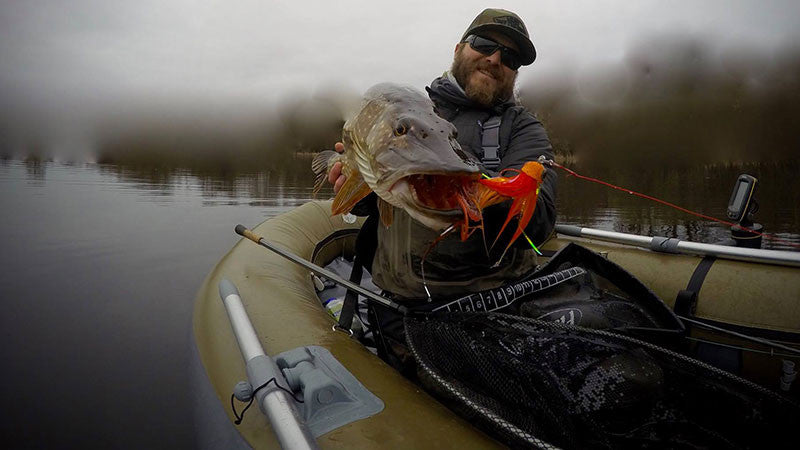
The Esox family has evolved over thousands of years to give us a top predator to chase on the fly.
These beasts' senses are tuned to the max.
One sense that is important for pikes/muskies is the lateral line, a system of tactile sense organs located in the head and along both sides of the body, used to detect movement and vibration in the surrounding water.
They use their lateral line in conjunction with their sight to give them a more accurate picture of what’s going on – how far away their prey is, how fast it's moving, and its size.
The lateral line is often forgotten by the fly angler. We tie pretty flies, but most of them have a very small footprint in the water. I'm not saying these don’t work, but why not maximize your chances of attracting more fish or perhaps bigger fish?
So how can you make a loud fly?





